Authors:
ABSTRACT
Aim
The aim of this study was to evaluate the bond strength, penetration ability, microleakage, and remineralisation capacity
of glass ionomer-based fissure sealant materials.
Methods
In this study, three glass ionomer-based fissure
sealants were evaluated (Fuji Triage, Fuji VII EP, and GCP Glass Seal). A dye-penetration test was performed to evaluate microleakage
under a stereomicroscope. The materials were applied to occlusal tooth surfaces, and bucco-lingual sections (1 mm width) were
assessed to evaluate the penetration ability. Shear bond strength of tested materials was assessed using a universal testing machine.
Finally, the remineralisation capacities of the materials were evaluated with EDS.
Results
The Fuji Triage exhibited the lowest
microleakage and unfilled area proportion (p<0.05). The highest shear bond strength was calculated with Fuji VII EP (p<0.05). The
fluoride content for all treatment groups was significantly different when remineralisation values were compared to demineralisation
(p<0.05).
Conclusion
Both the Fuji Triage and Fuji VII EP yielded compatible and satisfactory results and all fissure sealants
used in this study are sufficient as anti-caries agents.
PLUMX METRICS
Publication date:
Keywords:
Issue:
Vol.17 – n.1/2016
Page:
Publisher:
Cite:
Harvard: E. Kucukyilmaz, S. Savas (2016) "Evaluation of shear bond strength, penetration ability, microleakage and remineralisation capacity of glass ionomer-based fissure sealants", European Journal of Paediatric Dentistry, 17(1), pp17-23. doi: https://www.ejpd.eu/wp-content/uploads/pdf/EJPD_2016_1_2.pdf
Copyright (c) 2021 Ariesdue

This work is licensed under a Creative Commons Attribution-NonCommercial 4.0 International License.
